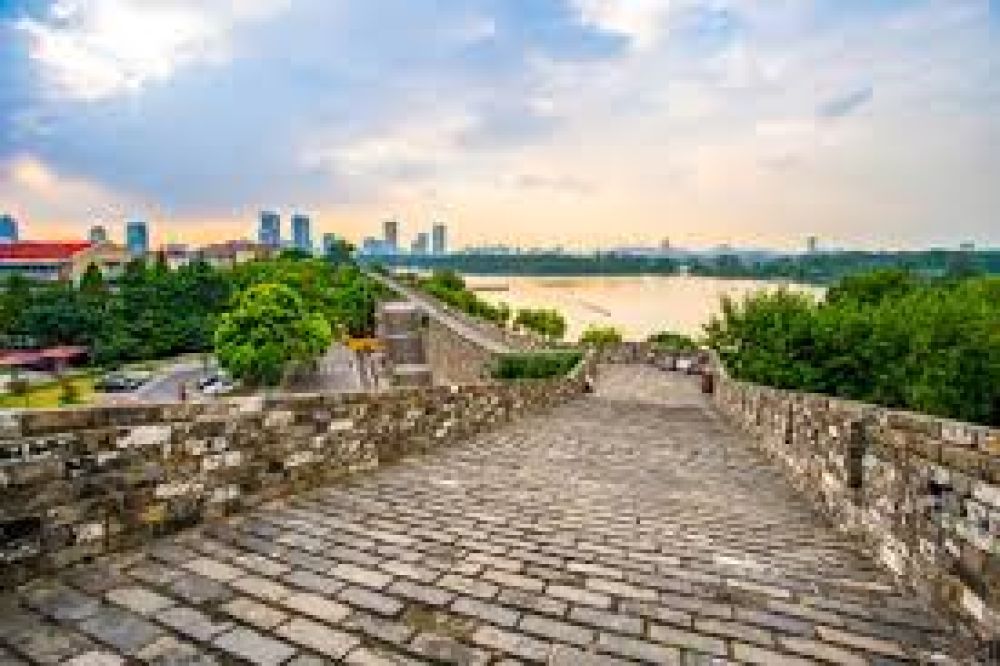

Nanjing City Wall, one of the longest city walls in the world, has been a key attraction in Nanjing, China, with a history that dates back to the Ming dynasty. Built under the command of the Hongwu Emperor, the founder of the Ming dynasty, construction began in 1366 and took 21 years to complete. Historically, the wall served as a military defense system, enclosing and protecting the city from potential invaders.
Spanning a length of around 25 kilometers originally, the wall was designed with multiple gates, each named and serving specific ceremonial and defensive purposes. The mingling of grandiosity and engineering prowess made this wall a historical marvel and reflected the power and stability of the Ming Empire during its zenith.
As China began opening up to the world in the latter half of the 20th century, Nanjing, with its rich cultural heritage and historical significance, gradually became a key destination for tourists from within China and around the globe.
The tourists are attracted not only to the wall itself but also to the many attractions nearby, including several ancient temples, scenic areas, and other historical monuments. The local authorities have made significant efforts to preserve and promote the wall, recognizing its historical significance and tourism potential.
Over the years, the Nanjing municipal government has taken various initiatives to restore and preserve the sections of the Nanjing City Wall. Portions of the wall have been refurbished to reflect their past glory, while ensuring that the structure remains intact for future generations to admire. Efforts have included the renovation of the gates and the establishment of parks along certain stretches of the wall to enhance the visitor experience.
Currently, a few of the main gates like Zhonghua Gate (Gate of China) have been transformed into museums or tourist attractions, which offer multimedia presentations and historical exhibits to educate visitors about the wall's significance and history.
In recent years, the Nanjing City Wall has witnessed a new trend in tourism. The integration of modern technology, such as virtual reality (VR) and augmented reality (AR), has offered visitors a dynamic way to engage with history. Interactive experiences allow tourists to visualize ancient Nanjing and better understand the historical context of the City Wall.
Additionally, the area around the wall has seen a surge in tourism-related development, including cultural festivals, light shows, and other entertainment events that draw a wide range of visitors, thereby making the Nanjing City Wall not merely a daytime historical tour, but a multi-faceted attraction that is appealing day and night.
The Nanjing City Wall is a heritage site that not only encapsulates the defensive ingenuity of ancient China but also symbolizes the resilience and cultural pride of the Chinese people. As tourism continues to evolve, the City Wall remains a steadfast reminder of Nanjing's illustrious past and a cornerstone of its modern-day allure.